The list of contradictions that define our sailing affliction is long. We need an anchor that buries deep but can be freed at a moments notice. We want a sealant that sticks to anything, but releases its grip for easy disassembly. We want a boat that can weather any storm, and still make way under sail in a whisper. And we want an antifouling paint that repels every sea creature, but will never harm the sea.
This brings us to Irgarol 1051, an antifouling algaecide that is added to boost the performance of the copper biocide in antifouling paint. Irgarol (listed as NCN in the Booster column of the accompanying tables) first earned approval from the EPA in 1994, and was introduced in bottom paint in 1998. Irgarol and its metabolites persist in the environment, and it has now become ubiquitous in ports worldwide. Studies from Hong Kong to Annapolis, Maryland suggest that at high concentrations Irgarol can reduce the growth rate of micro-organisms, and some scientists worry that it is already occurring at levels that could be toxic to eel grass, habitat for many juvenile fish species.
Produced by the worlds largest chemical company, BASF, Irgarol 1051 is restricted in a few European countries, and has not been available in the U.S. for two years. The absence is linked to the closure of a domestic plant and opening of a new foreign facility in Asia. Products from this facility have not yet received full EPA certification. According to industry professionals we spoke with, Irgarol 1015 is set to return to the market, possibly as soon as this spring, but no one is holding their breath.
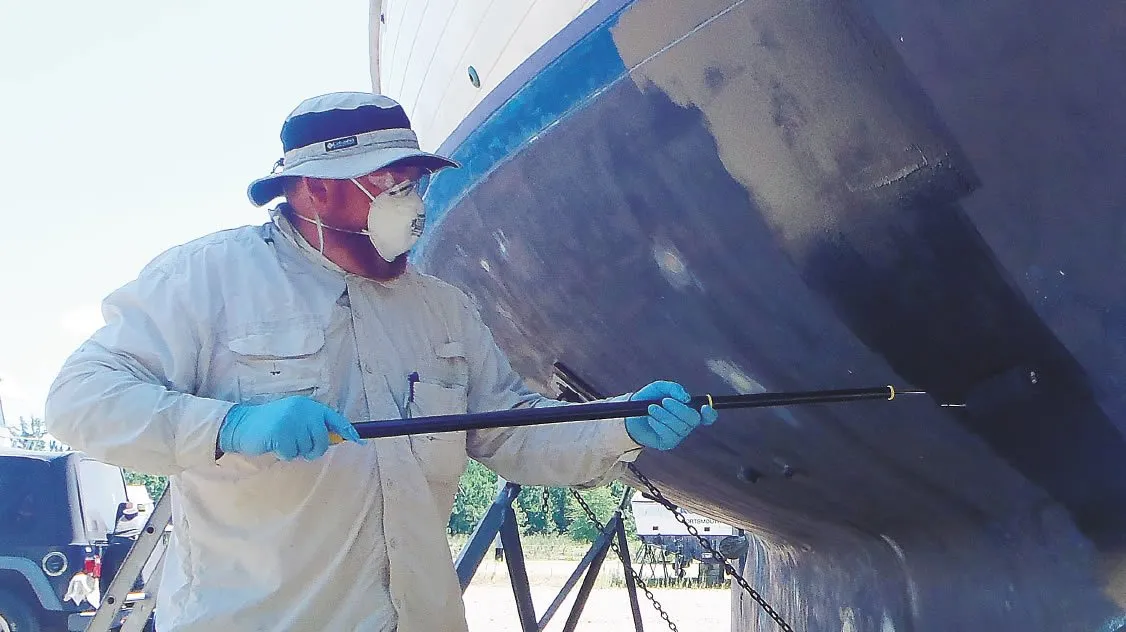
I just got a letter saying we will be getting our shipment on March 10, said Don Schnurr, the CEO of New Jersey based Bluewater paints.
Most major bottom paint manufacturers make at least two or three paints with Irgarol in the blend, and in the interim they have been keeping their Irgarol-boosted formulas registered with the EPA with the expectation that the booster would come back. (Any antifouling paint with active biocides must be registered with the EPA.) With Irgarols return imminent, we were curious how the antifouling paint test panels that we’d submerged 20 months ago in Sarasota Bay were doing. Unlike previous years, when the panels had at least half a dozen Irgarol-boosted paints, only four of the 58 paints in our test had the bio-booster in it.
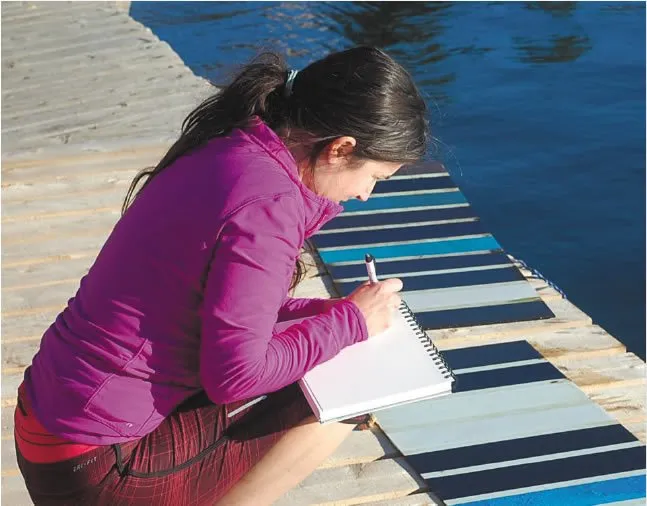
Choosing a Bottom Paint
The paints we test fall into either of the two general categories: Hard paints and ablative paints.
Hard paints tend to have a smooth, tough finish that stands up well to frequent scrubbing or can be burnished for reduced drag. The drawback is the build-up of paint layers over the years. Eventually, its time to strip off the old paint and begin again. Warm water sailors who try to extend time between haulouts with frequent scrubbing tend to prefer these paints
Ablative paints wear away as biocide is released. They come in two types. Workboat ablatives slough away with water friction to activate more biocide. The more expensive ablative copolymers release biocides at a controlled rate. Although ablative paints are often called soft paints, the copolymer types can be hard; these hybrid ablatives will resist light cleaning and are fine for trailered boats.
Within these two groups are formulas for more specific purposes. Weve place check marks next to Recommended paints that did well in one or more of these categories:
Single-season paints for those who repaint annually;
Multi-season paints aimed at year-round boaters;
Slick racing paints and those that can be polished to a smooth finish;
Water-based paints that are easy to apply and clean up;
Eco-friendly paints that have low VOCs;
Copper-free coatings for aluminum boats;
Freshwater paints that minimize impact on fragile ecosystems.
There are other niche paints for propellers, pontoon boats, inflatable boats, transducers, and for people who want the Coast Guard to find them when their boat is capsized (rescue orange). Some of these are duplicates of other products, simply renamed to help make the selection process easier for boaters with a specific need.
An essential step before buying is to confirm what is compatible with your last bottom paint, or whether special prep work is needed. Most makers have compatibility charts on their websites along with information on prep work and instructions on what to do when your old paint is a mystery. In some instances, the tech support will recommend using a tie-coat, a type of primer that can promote bonding to previously painted hulls.
If you plan to haul and relaunch, be sure the paint will not lose potency during storage; some need to be reactivated with sanding if they have been out of the water too long. If you plan to switch paints remember that most slick Teflon paints with PTFE can’t be recoated with other types.
For the year-round sailor, long-lasting protection is what matters. In our tests, the paint types generally fail in this order: freshwater paints; eco-friendly paints; low-copper, single-season paints; water-based paints; high-copper, multi-season ablative paints; and high-copper, multi-season hard paints.
What We Tested
For the saltwater test, we evaluated 58 paints immersed in Sarasota, Florida. Seventeen of the paints are classified as hard paints; the remaining are ablatives. An ongoing freshwater antifouling test that began last year on Lake Superior includes 16 copper-free paints. Both tests focused primarily on U.S. brands, but many of these paints are available abroad. We also recently tested a few paints that are available in commercial ports around the world (See Antifouling Paints Abroad, October 2015).
The manufacturers represented in this test include Blue Water Marine Paint, Epaint, Flexdel, Interlux, Pettit, and Sea Hawk Paint. We also included store rebranded paints from West Marine and Jamestown Distributors.
Most of the saltwater the paints use a copper as the primary biocide. Copper bottom paint is already subject to restrictions in California and in Washington State, where copper-based paints are to be banned from use in all recreational vessels by Jan 1, 2020. As more stringent environmental protections are phased in, paint manufacturers realize that copper-free paints hold the key.
Today, one of the most common substitutes for copper is Econea, a non-metallic antifouling agent that has been used for years in other applications. Although not as potent as copper over the long haul, Econea offers good protection for periods up to 12 months, occasionally longer. The Econea paints did surprisingly well in the early phases of our saltwater tests, and were seeing the same thing in freshwater. Long-term saltwater protection, however, has been inconsistent.
The accompanying tables indicate the best paints after 20 months submersion at the Sarasota site, and five months on Lake Superior. Except for one mysterious adhesion failure (Ultima Eco) that we are looking into, the lake paints had very little growth, so the distinction between a paint rated Excellent and Good is small.
Based upon previous test results, were not convinced that Irgarol provides demonstrably longer protection, but it is effective at preventing slime growth during the first 12 months in the water. If you want to search for an Irgarol-based paint this spring, here is the list of current paints that use it. Several of these paints might not be available.
Interlux: Micron Extra, Ultra, ACT with Irgarol, VC17m Extra
Pettit: Trinidad SR, Trinidad Pro, Ultima SR 40, Ultima SR 60,
Hydrocoat SR
Seahawk: Cukote Biocide Plus, Tropikote Biocide Plus
West Marine: BottomPro Gold,
PCA Gold
Blue Water: Copper Pro SCX, Copper Pro SCX Hard, Copper
Shield SCX
Before you buy one of these paints, check the active ingredients. Irgarol 1051 is usually listed under its systematic name, N-Cyclopropyl-N-(2-methyl-2-propanyl)-6-(methylsulfanyl)-1,3,5-triazine-2,4-diamine. If you can’t find an Irgarol boosted paints, another additive, zinc pyrithione, is also effective.
If don’t mind a little extra algae after eight months, or you are a single-season boater, a non-boosted paint should suffice. Given the regional variations weve seen, we encourage boaters to seek out recommendations from local boatyards or marinas.
Many readers tell us that they are quite happy with low-priced paints that struggle in our long term tests. Some bottom tier ablatives are especially well-suited for seasonal boaters who repaint every year, and some lower-priced hard paints have followers among year-round boaters. Seasonal boaters looking for a more complete picture of short-term protection should review our previous eight-month or one-year checkups (See PS March 2016, PS March 2014, and others at PS online). For more details on the test protocol see How We Tested, on right.
Bluewater/Jamestown
We tested 11 paints from New Jersey-based Blue Water Paint. The group included two hard paints; the rest were ablatives. The best Blue Water paint in the hard group was Copper Pro SCX 67, a perennial top finisher which contains Irgarol. This multiseason paint has 67 percent copper content by weight. Gold Coast SPC also did well over the long term.
An eco-friendly option, zinc-boosted, copper-free Shelter Island Plus rated well at eight months, though it lost its punch at the 20-month mark. The company recently introduced a ZnP boosting additive sold separately ($50) to be used with their paints, but we have not tested this yet.
Three Blue Water paints were introduced in 2015 under Jamestown Distributors Total Boat brand, although one-the single-season, self-polishing paint Juggernaut-was dropped this year. The best of the Bluewater Total Boat paints we tested was Spartan, a multi-season paint comparable to Copper Shield Ablative, which contains 45 percent copper by volume.
Blue Water paints are available through the companys website or through distributor Donovan Marine (www.donovanmarine.com). Some of the paints are also sold under the MarPro label.
Epaint
Epaint had two real standouts at the 20-month mark, the water-based EP-2000 and Z0-HP; both are copper-free. The Z0-HP, which at $325 a gallon is aimed mostly at deep pocketed racers, had no barnacles and almost no soft growth, something we rarely see in any paint at 20 months. Most of Epaints offerings are copper-free paints that are photo-active, meaning they release a biocide when exposed to light, and this approach seems well-suited for our test site. Because several Epaint coatings are activated by sunlight, high-latitude sailors should check with ePaint to see if its appropriate for your region. EP-2000 can’t be applied over other conventionalpaints.
Flexdel/Jamestown
Based on testing done in conjunction with Roger Williams University, Rhode Island-based Jamestown Distributors has settled on five Flexdel paints to roll under its relatively new Total Boat brand. The company has focused its most recent research on identifying cost effective coatings suited for temperate brackish waters, where fouling can occur quite rapidly in summer. Krypton, which uses Econea, scored well at eight months, as did its flexible Inflatable boat paint, an area where Flexdel (as the name implies) has earned a solid reputation. Spartan had done moderately well in field trials on a local sailboat. Weve not tested its newest paint, Keelhauler, which the company says has excelled above all others in its own test. Another promising product not included this round was Argo, which is comparable to West Marines PCA Gold.
Interlux
Interluxs Micron 66 has done consistently well in our Sarasota tests since they began. Its only drawback is that it loses potency in freshwater, so if you keep your boat in brackish water, check with Interlux first. Among Interluxs copper-free offerings, Micron CF and Pacifica Plus showed very little slime after eight months. Boaters who want to haul out next winter and relaunch without re-painting will like Micron CSC. Interluxs water-based Fiberglass Bottomkote Aqua has also done well in our long-term tests and is a favorite among do-it-yourselfers who prefer hard paints. Interlux introduced four paints this year that weve not tested, Micron Optima, a water-based version of its popular Micron line; professionally applied Micron WA, which is promising 24-month protection; and Ultra-Kote, which replaces the Irgarol-boosted Ultra.
Petit/West Marine/Woolsey
Four of the slime-resistant (SR) Petit paints we tested had Irgarol in them and should be available by spring. If not,
Pettit had several contenders, especially in the hard paint category where the companys products have excelled in the past. Among copper-based hard paints, Trinidad and Trinidad SR were among the cleanest in our test. In the ablative category Ultima-SR60 scored highest. Not far behind was Ultima-SR40, a multi-season paint with slightly less copper. West Marines PCA Gold also fared well in this category.
Sea Hawk
Florida-based Sea Hawk Paint has some exceptional ablative paints formulated especially for tropical waters that have gained a following among Caribbean boaters. Both Biocop TF and Cukote have fared well in our previous tests and were among the cleaner panels in this checkup. On the eco-friendly front, weve been watching Smart Solutions, a paint developed by Sea Hawk that contains no metal at all. The budget-friendly hard paint Sharkskin, did well at the eight-month mark.
Conclusion
The success of Epaint and some Econea formulas show that there are more eco-friendly alternatives to our current arsenal of biocides. These options will provide acceptable protection to many boaters who don’t need the help of a full-strength copper-based paint. The levels at which some of these biocides are accumulating in harbors and persisting in the environment should prompt conscientious boaters in lakes and poorly flushed estuaries to shift toward low-biocide or no biocide formulas.
Keep in mind that the switch to an eco-friendly paint can come at a higher price-but not always. And it is also important to note that many additives introduced to replace conventional biocides can have their own bad side effects. Irgarol is one example. Econea has been shown to break down rapidly in the environment and cause no significant harm to marine life, and the most eco-friendly paints are the new release coatings-which don’t even require EPA approval. These paints, which work by creating a slick coating that nothing sticks to, contain no biocide at all.
One way to see how these paints work in your home waters is to try it on your dinghy or a small powerboat. The success of the release coatings in our freshwater test suggest that the only reason for boaters in sensitive, low-fouling environments to use a copper-based paint is to save money-and this amounts to less than $10 per month.
For the warm water sailor who is accustomed to going for as long three years between haulouts, the choice still clearly tilts toward copper-based paints, but, for the first time, we are beginning to believe there will come a day when copper-based antifouling will become a thing of the past.
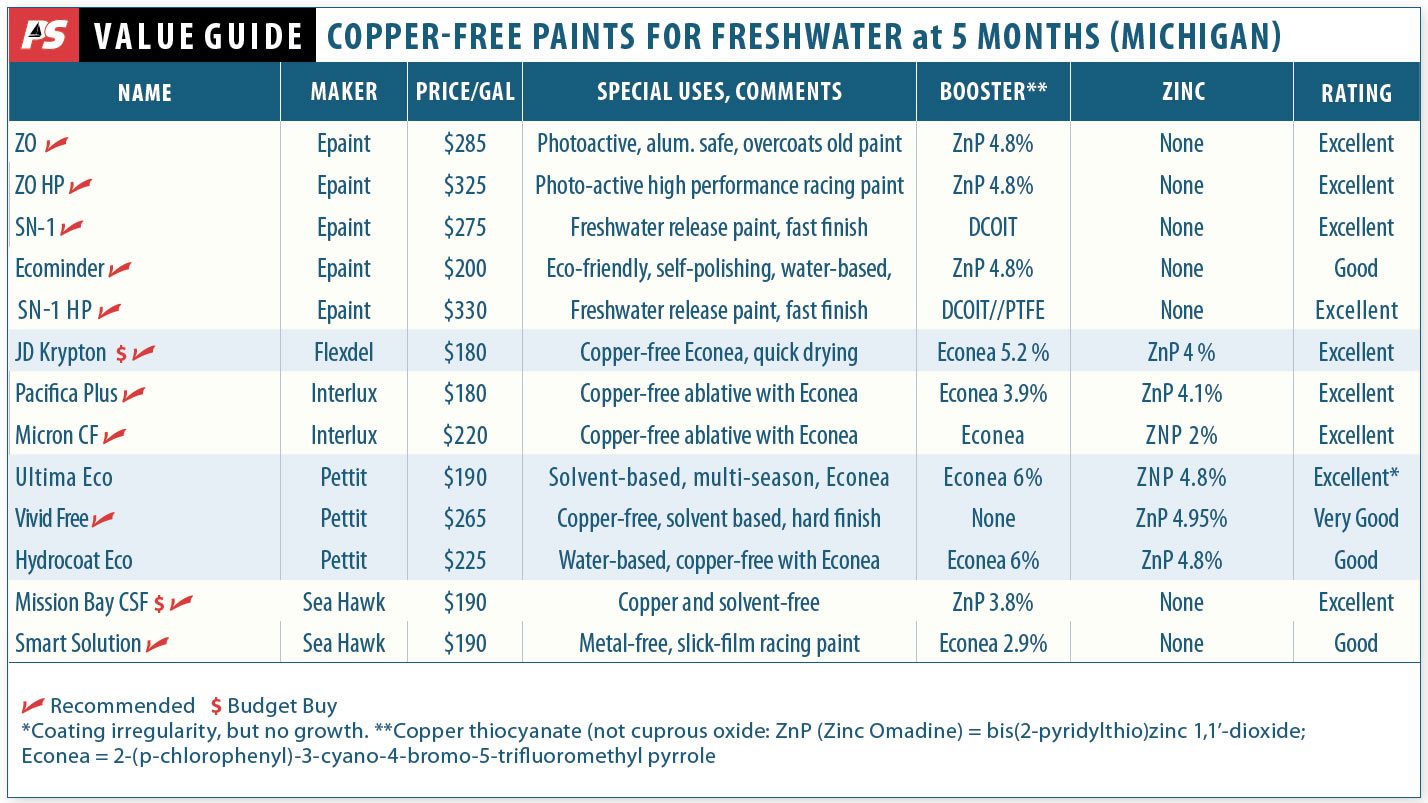
The popular, thin-film PTFE paints (Interlux VC 17, Pettit SR-21, and West Marine SR-21) contain small amounts of copper and are being tested separately. These paints, also popular among racers, have consistently done well in previous freshwater paint tests.
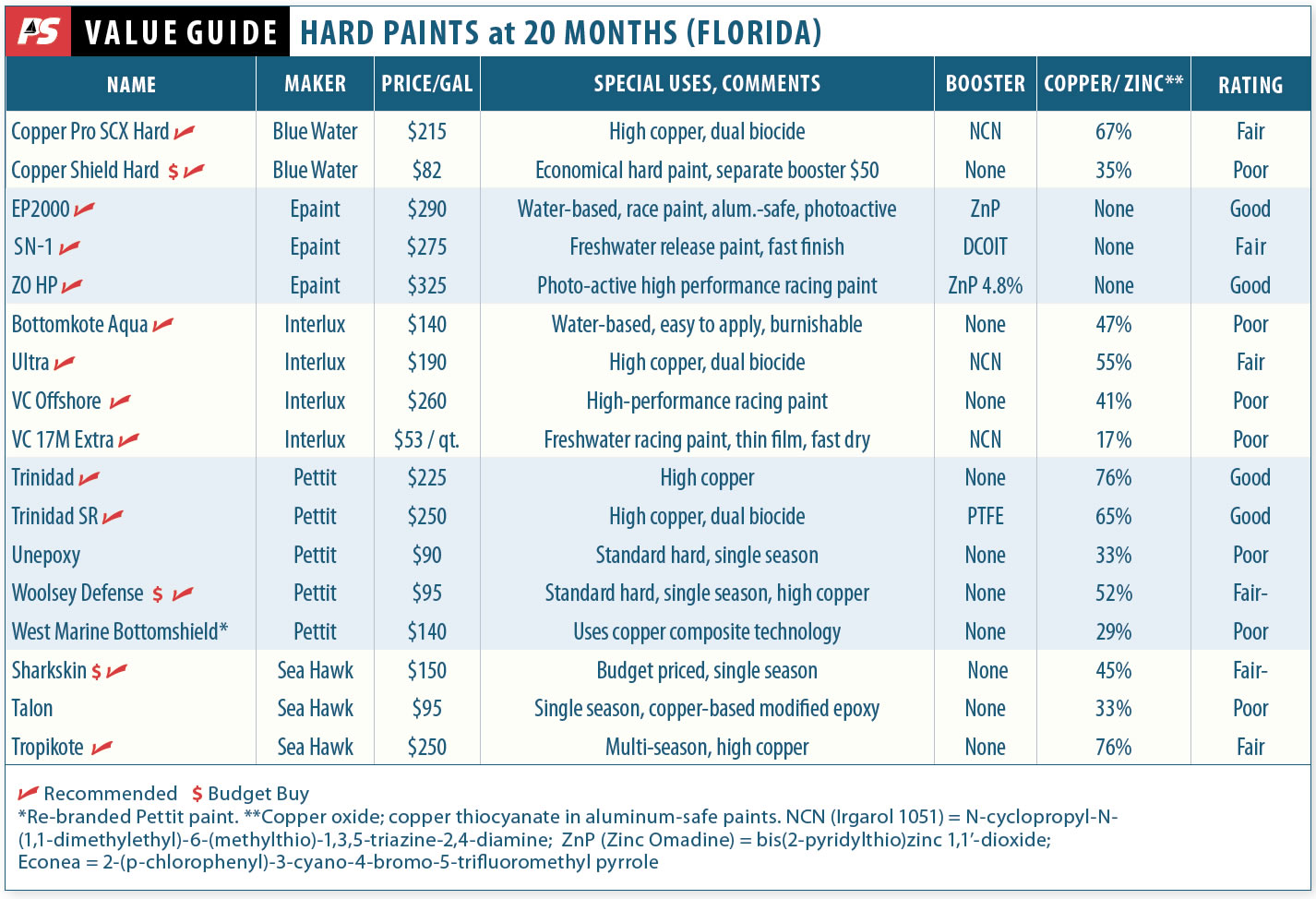
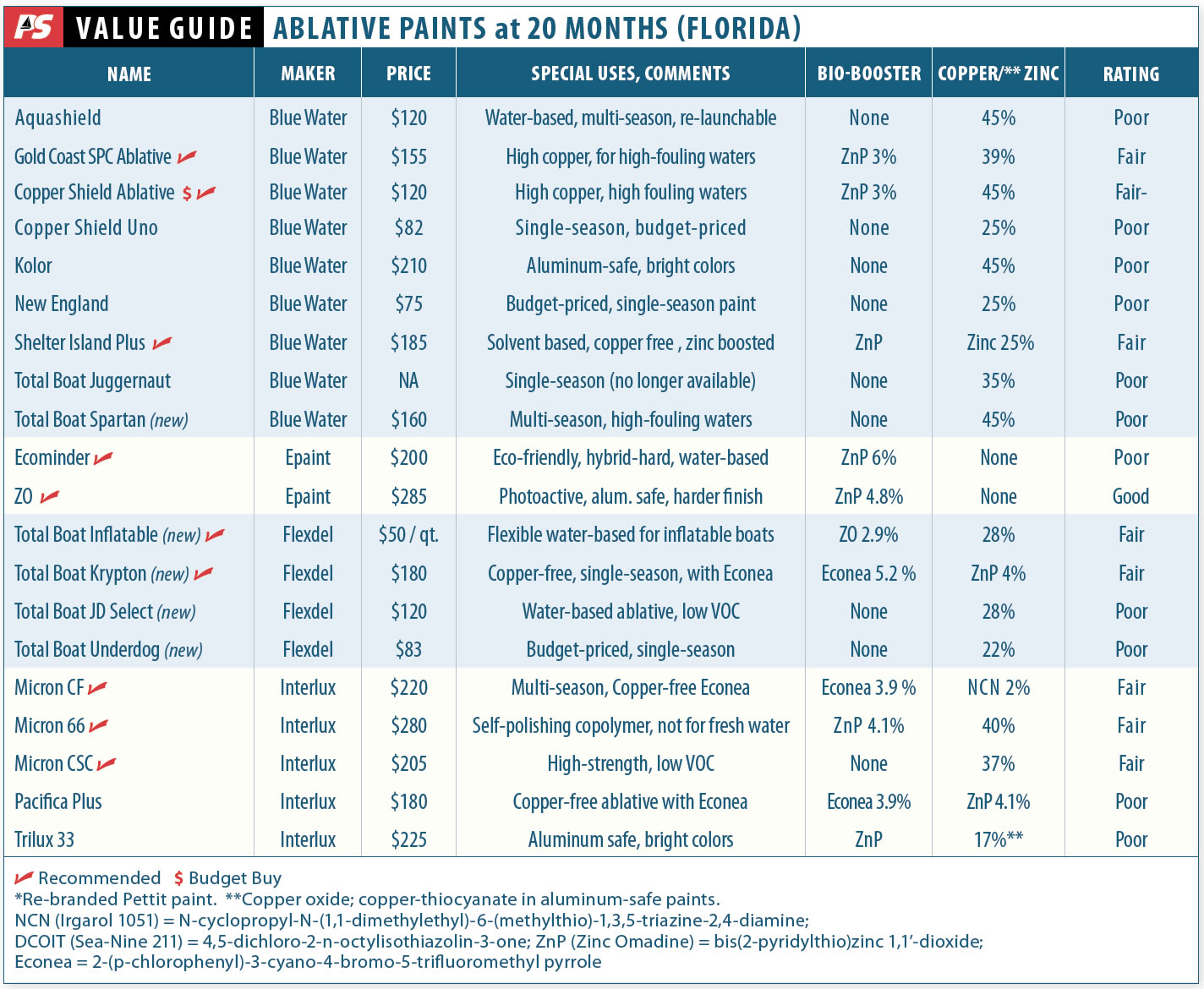
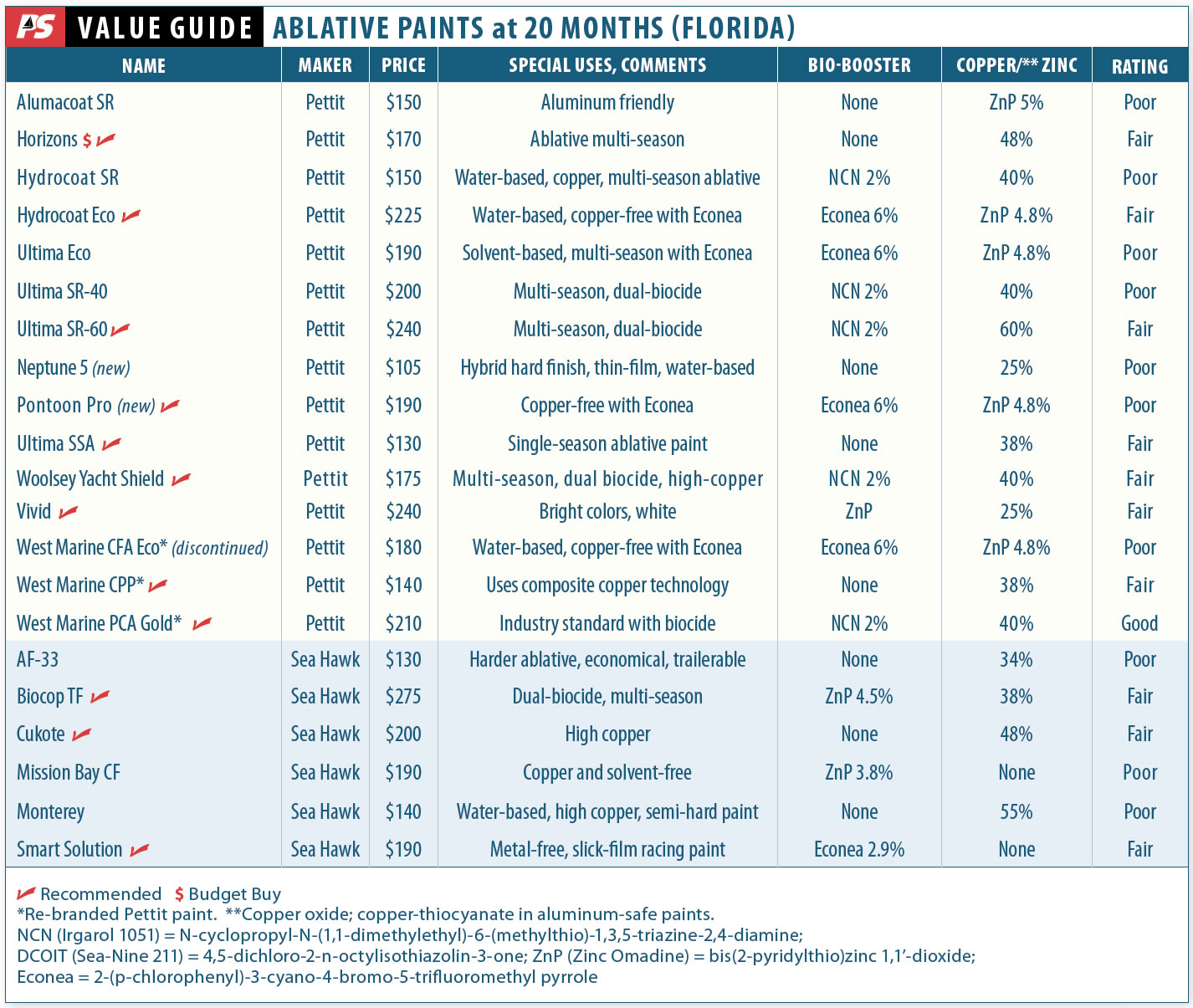







































Thanks for very informative article! I am planning to repaint the bottom of my boat sometime in the future, how can i remove the old paint before painting it?